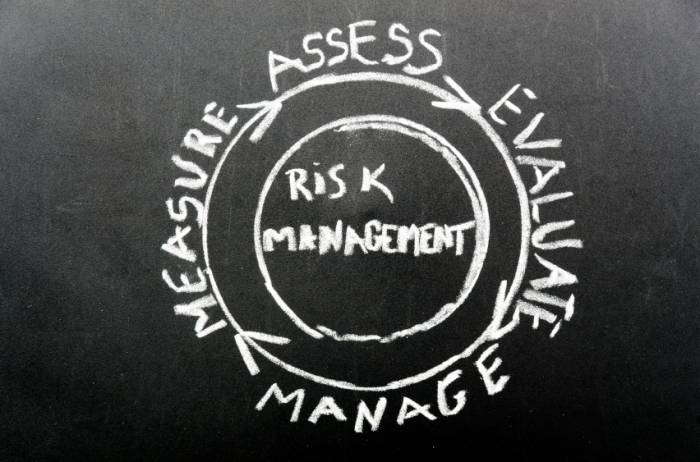Today’s stretched valuations and low market volatility leave stocks – especially those in more expensive market segments - vulnerable to bad news. So, Russ suggests investors adopt a value bias, focusing on two market segments that offer good relative value.
by Russ Koesterich, Portfolio Manager, Blackrock
As evident in last Thursday’s European-bank related market jitters, today’s stretched valuations and low market volatility leave stocks vulnerable to bad news, even when the news is relatively minor as was the case last week.
And equities in the more expensive market segments are particularly vulnerable. Case in point: U.S. small caps, biotech and Internet stocks suffered the most last week, and these are among the areas of the market where stock performance is most outpacing fundamentals.
So, while I still prefer stocks over the alternatives, I’m an advocate of a value bias. In other words, I suggest investors consider emphasizing select market segments that offer good relative value and potential downside protection.
Where can one find this value? As I write in my latest weekly commentary, “With Stocks Vulnerable, Think Big (Cap) for Value,” I’d suggest focusing on two market segments.
U.S. large- and mega-cap stocks. U.S. large- and mega-cap names have outperformed small caps by roughly 6% year-to-date. But despite lagging large caps this year, small caps are actually the more expensive asset class now. The reason? Small-cap earnings have seen weaker growth relative to that of large caps, meaning investors in small caps are paying more per dollar of earnings.
An illustration of this point: the small-cap Russell 2000 Index now trades at more than 26x current earnings, higher than the 16.5x current earnings that the large-cap S&P 500 index is currently trading at.
Emerging market stocks. Outside of the United States, investors, particularly those with little emerging market (EM) exposure, should take another look at EM stocks. Since their April lows, EM stocks have modestly outperformed developed markets, as measured by the performance of their respective MSCI indices, and inflows into EMs continue. For the week ended July 9, according to Citi Investment Research data, EM equities garnered another $1.4 billion.
What’s behind the inflows? Stabilization in China and other EM economies is providing some comfort to EM bargain hunters. Further helping sentiment is a shift toward a more dovish stance by some EM central banks, after an earlier round of tightening had ignited growth concerns. Finally, if nothing else, I read the EM inflows as a sign of investor awareness that stocks in the developed world are looking pricey.
To be sure, these aren’t the only market segments offering good value, but they’re ones many investors overlook. To read about other areas of the market also offering good relative value, check out my latest Investment Directions monthly market outlook.
Sources: BlackRock, Bloomberg, Citi Investment Research
Russ Koesterich, CFA, is the Chief Investment Strategist for BlackRock and iShares Chief Global Investment Strategist. He is a regular contributor to The Blog and you can find more of his posts here.
International investing involves risks, including risks related to foreign currency, limited liquidity, less government regulation and the possibility of substantial volatility due to adverse political, economic or other developments. These risks often are heightened for investments in emerging/ developing markets or in concentrations of single countries.
iS-13032
Copyright © Blackrock














